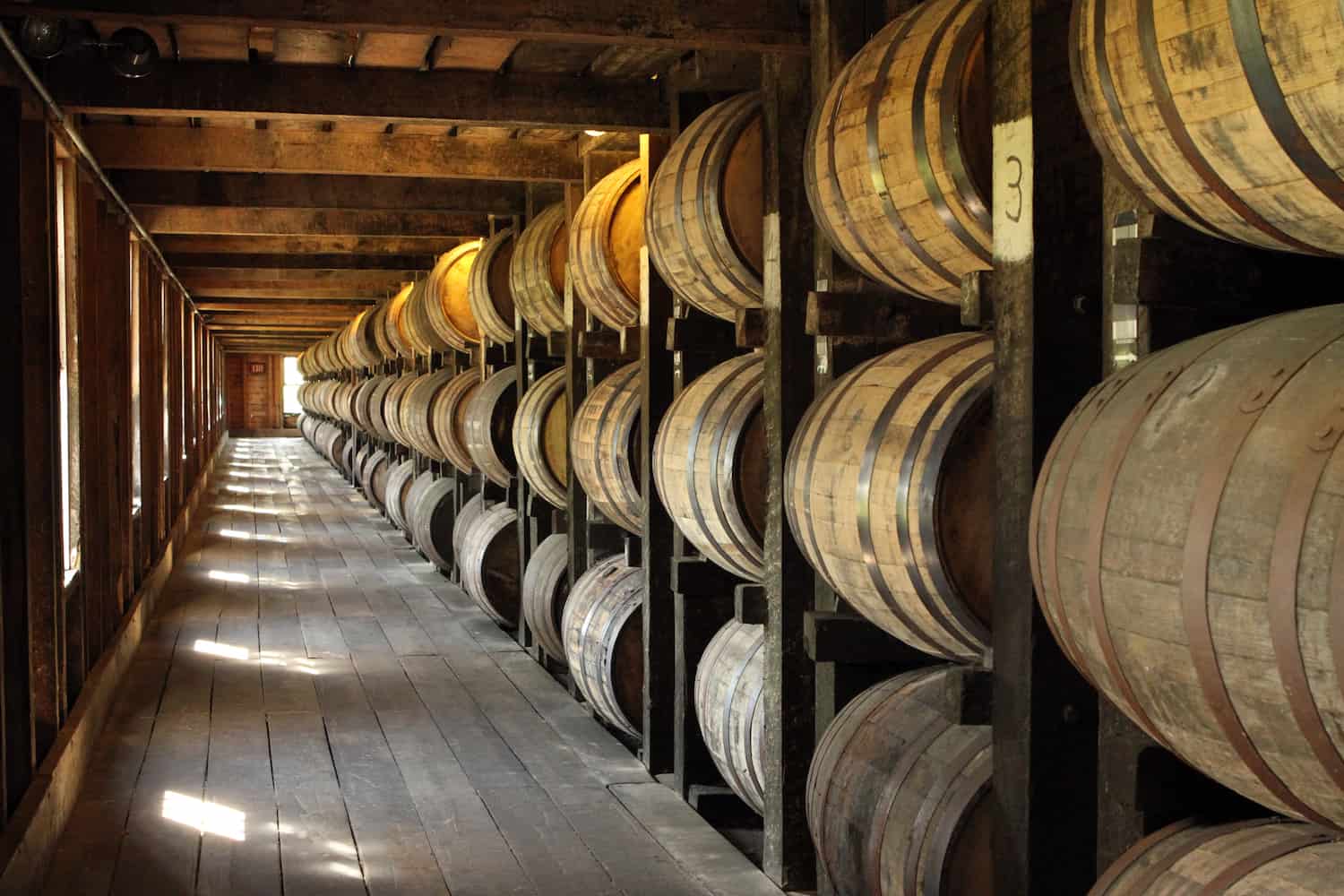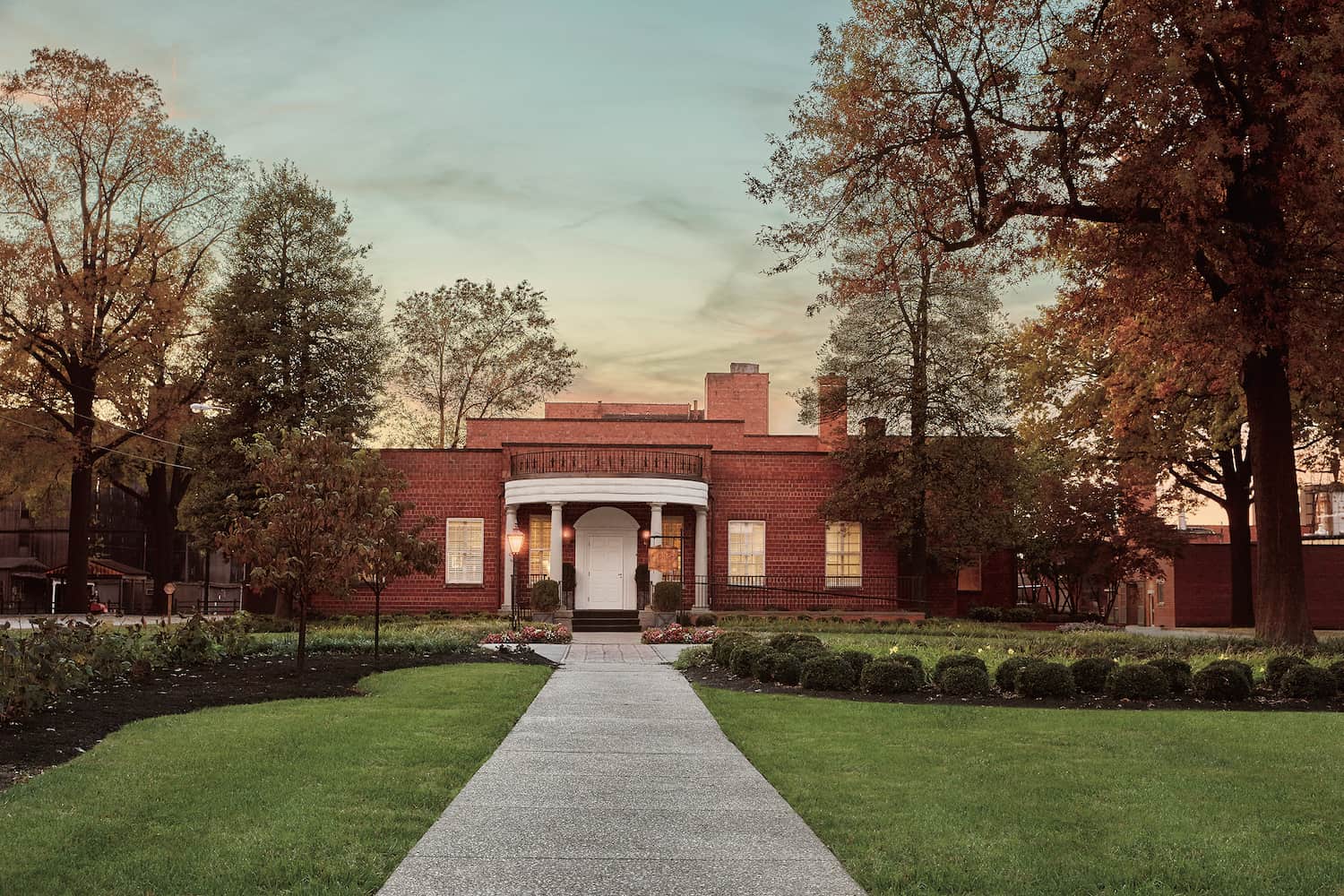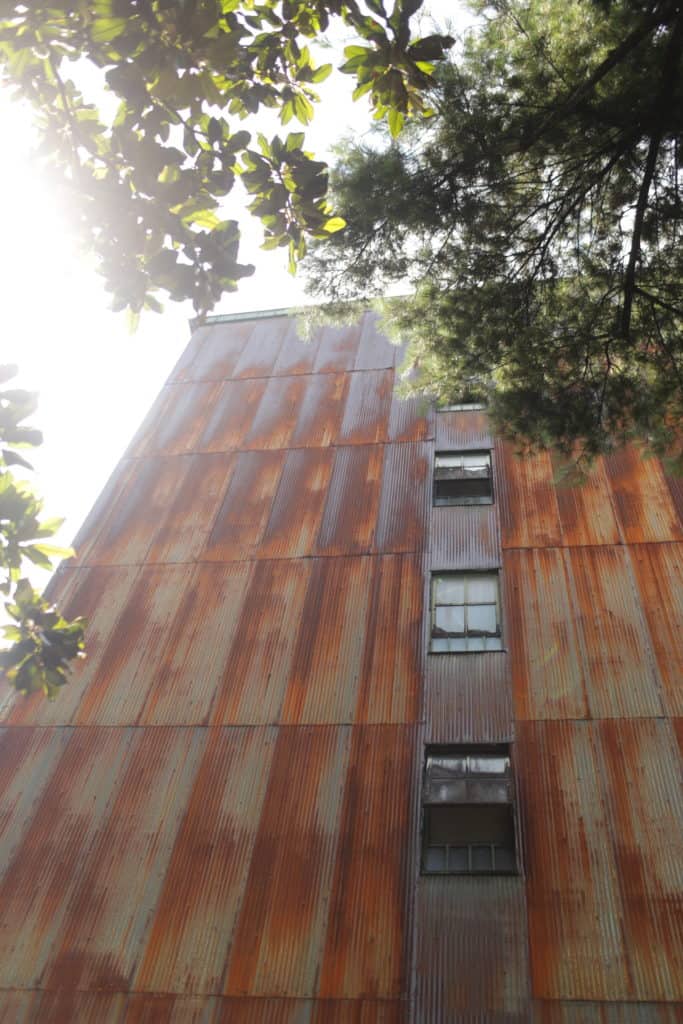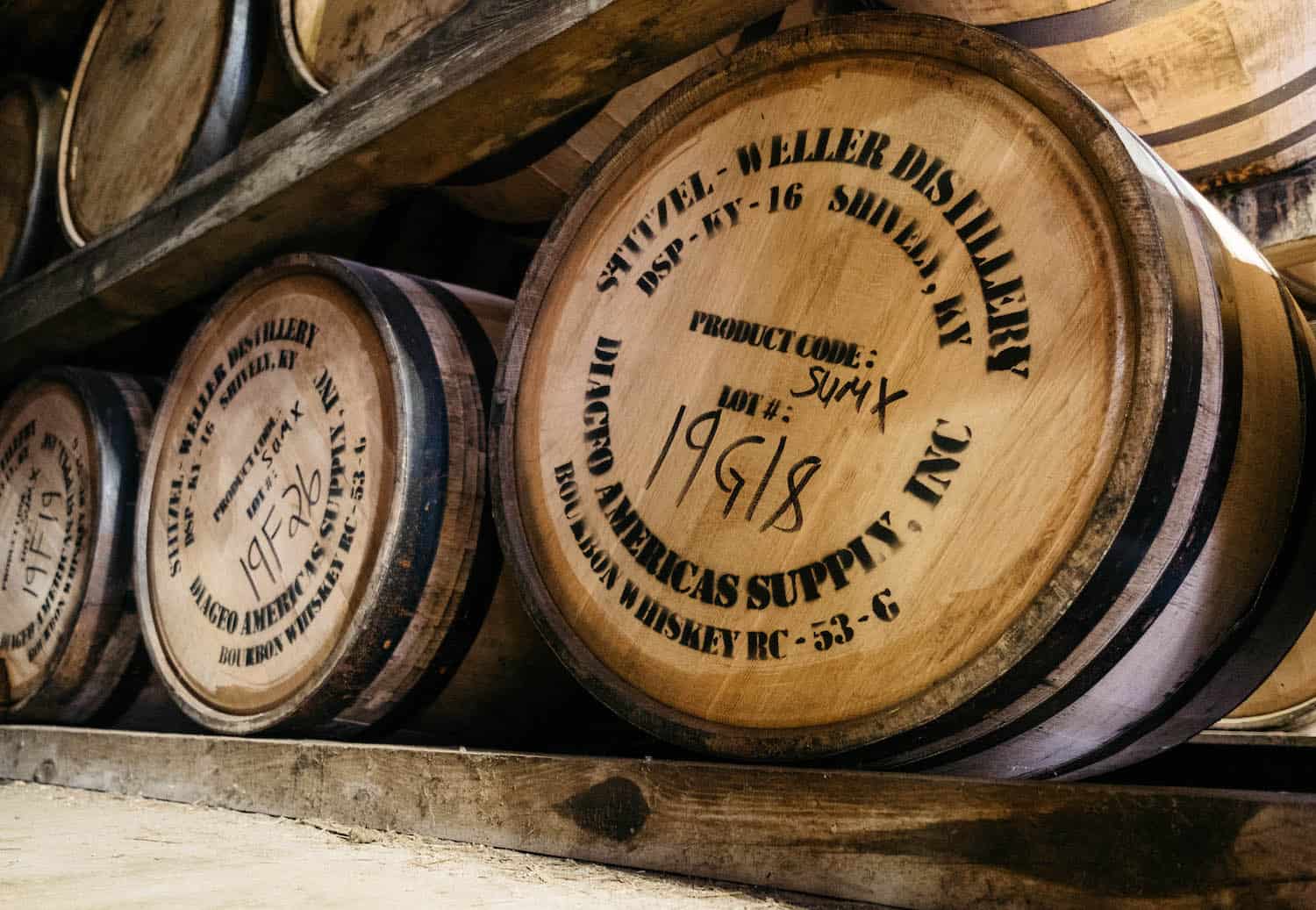
Summer in a Warehouse
When I worked at Stitzel-Weller as an archivist, I always liked the summer. Walking between the warehouses brought that wonderful aroma of the angel’s share – Bourbon that was literally in the air. I admit, I had an air conditioned office and did not have to work in that heat, moving barrels to the upper levels, so I did have some sympathy for those men and women doing so in the heat of summer. There were times when I would have an excuse to enter the warehouses and experience the heat of summer, but it was usually for no more than an hour or so and I could retreat back to the air conditioned office when I finished with whatever task was required.

In the summer, the warehouse workers would open all of the windows of the warehouses to create better airflow over the barrels. That definitely increased that wonderful aroma on the distillery campus. When you entered the ground floor of a warehouse in the summer, it was almost like having air conditioning. The open windows created a nice, gentle breeze as the chimney effect of hot air rising drew in air from the lower floors, cooling the air on the first floor.
Evaporation from the barrels also helped cool the air as it rose to the upper levels of the warehouse. The warehouse workers told me that the lowest two levels are the best for long aging of whiskey. It does not get as hot and more alcohol evaporates in the barrel than water. The barrels lose proof on these levels. The whiskey takes longer to mature, but there is less influence from the wood tannins and more influence from the “red layer” – the layer in a barrel stave created from caramelized natural sugars in the oak wood when the barrel is toasted and charred. Julian Van Winkle used to get his barrels for Pappy Van Winkle 20 and 23 from these levels back in the 1990s.

As you went up floors in the warehouse, it gets warmer on the third and fourth levels, but only a hint of what is on the upper levels. On these floors, the temperature is nearly the same as the outside, usually a degree or five higher. The whiskey in the barrels is starting to lose about as much water to evaporation as alcohol, so the proof stays close to the entry proof. These barrels have a balance of wood tannins and sugars coming out of the wood. Ed Foote told me that these are levels he likes to use for a six to eight year old whiskey.
When you get to the fifth level and above, it gets down right hot. By the time you reach the seventh level at the top, the temperature on a hot summer’s day can reach into the 120s. There is a lot of heat in the barrel and both alcohol and water are evaporating in the barrel. Pressure builds up in the barrel and because water is a smaller molecule than alcohol, more water escapes from the barrel through the wood pores and the proof of the whiskey in the barrel rises. There are more wood tannins than sugars entering the whiskey as a result of this loss of water.

Ed told me he does not like to age barrels up on the top floor for more than four years and only five or six years on the fifth and sixth floors below. Of course every barrel is unique and there are exceptions to this rule. That is why samples are pulled from barrels before they are dumped.
I liked summer in the warehouses, but in limited portions. I could sit all day under a shade tree at Stitzel-Weller and enjoy the aroma of maturing Bourbon. However, I am happy to spend limited time inside the warehouse, especially on the upper floors. I have a great deal of respect for those men and women who do spend their work day up and down those warehouse floors, moving barrels as whiskey is entered and withdrawn for the warehouses. Without them, we would not have fine, aged whiskey.

About Michael Veach
Michael Veach was inducted into the Kentucky Bourbon Hall of Fame in 2006. He’s written and contributed to five books and is the foremost authority on Bourbon history. In addition to this he is the former Filson Historical Society Bourbon Historian. Michael has provided Bourbon history education in many different forms over the years. He owns his own Bourbon consulting company, Bourbon Veach LLC. To read more of his writings, visit his website bourbonveach.com.